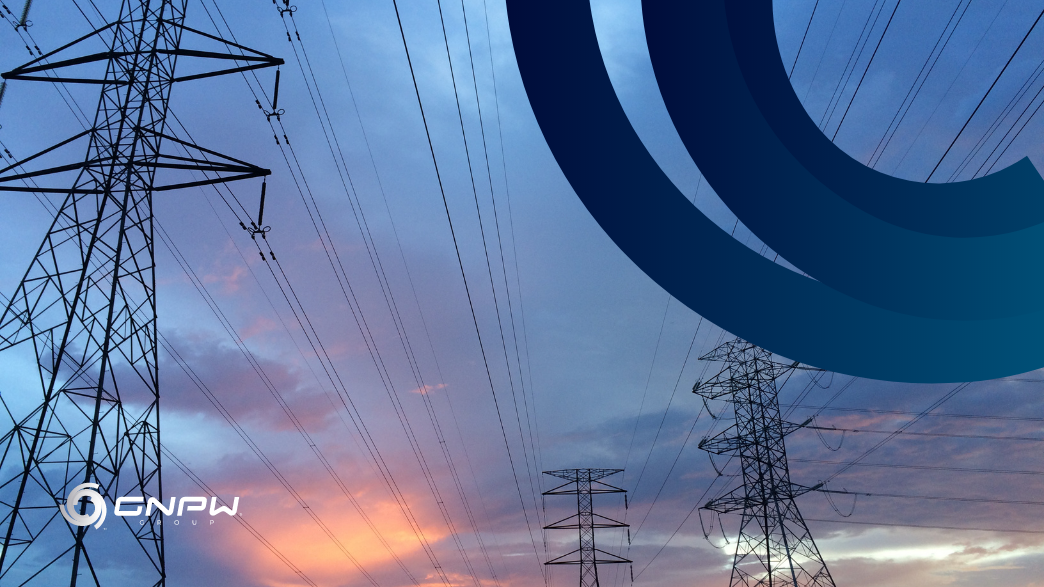What is the relationship between energy efficiency and energy generation? Understand, in this content, the importance of investments in infrastructure to improve generation efficiency.
Energy efficiency became a topic of discussion shortly after the oil crisis in the 1970s, when it was realized that fossil reserves would not be cheap and abundant forever. In addition, it was also at this time that there was a greater awareness of the damage that the use of this type of fuel generated for the environment. As a result, it was necessary to think of alternatives to maintain energy generation, using other sources and improving the efficiency of those already used.
Thus, energy efficiency refers to the best use of energy services, such as lighting, motive power, heating and use in electrical and electronic devices, with less energy expenditure and less economic, environmental and social damage. That is, in short, it means having the same amount of energy generated – or even more – with less waste and better use since generation.
Since energy efficiency began to be discussed by governments and the population, much has been said about changing users’ habits and better use of equipment. However, it is also possible and necessary that energy efficiency extends to the generation and transmission of energy.
The Energy Efficiency Program
The Energy Efficiency Program (PEE) is developed by the Federal Government and aims to promote the efficient use of electricity in all sectors of the economy. For this to occur, concessionaires and permissionaires of public electricity distribution services are required to annually invest an amount of their net revenue in research and development in the electricity sector.
Energy efficiency projects developed by agents in the sector must demonstrate the importance and economic feasibility of improving the energy efficiency of equipment, processes and end uses of energy, stimulating the development of new technologies and the creation of habits and rational practices for the use of energy. electricity.
According to Aneel data released at the 16th COBEE, with the Energy Efficiency Program (PEE) alone, 52 TWh were saved between 1998 and 2017, at an average cost of R$ 200/MWh and with investments of R$ 8 billion.
In the same period, the average generation cost for Low Voltage was R$ 436.00/MWh, while the average generation cost for High Voltage was R$ 384.00/MWh. This means that the PEE, in 19 years, managed to reduce approximately R$ 13.3 billion in the cost of purchasing energy generated to meet demand.
Power generation and energy improvement
With the growth of energy demand year after year in Brazil, it is necessary to invest in energy efficiency actions. Going beyond the measures that can be carried out by the consumer, structural changes are fundamental to ensure the maintenance of service at an affordable price.
For some specialists, it is necessary to establish minimum efficiency indices by sectors of the economy, using these bases as a national goal. But, in addition, it is also necessary to increase investments in transmission and distribution infrastructure, as well as expand and encourage access to the Distributed Generation.
Distributed Generation is cited as one of the alternatives for improving energy efficiency, since it is a model of local generation and distribution. In other words, the user, whether an individual or a legal entity, can become the producer and consumer of the generated energy. As a result, there are fewer losses in generation and transmission and fewer users using the traditional model.
As an example, imagine the energy loss in the process between a residence in greater São Paulo that receives energy from a hydroelectric plant, which is kilometers away. Now, imagine that this residence has a solar generation system. When producing the energy, it is applied in the transmission line of the concessionaire and returned to the user with a much smaller loss, in addition to the lower cost of production.
Therefore, it is essential that the issue of energy efficiency does not focus only on the best use of equipment or on the importance of social education in reducing consumption. By improving the infrastructure, it is possible to make much more lasting and efficient changes. To understand more about the subject, read the blog content about the stagnation of energy efficiency in Brazil.
GNPW has expertise in developing winning projects, such as the largest thermoelectric plant in Latin America, the UTE Porto de Sergipe.
For this, it has a team to locate the best site for the enterprise, environmental licensing, type of fuel for the UTE and general costs to build the enterprise.

Comment